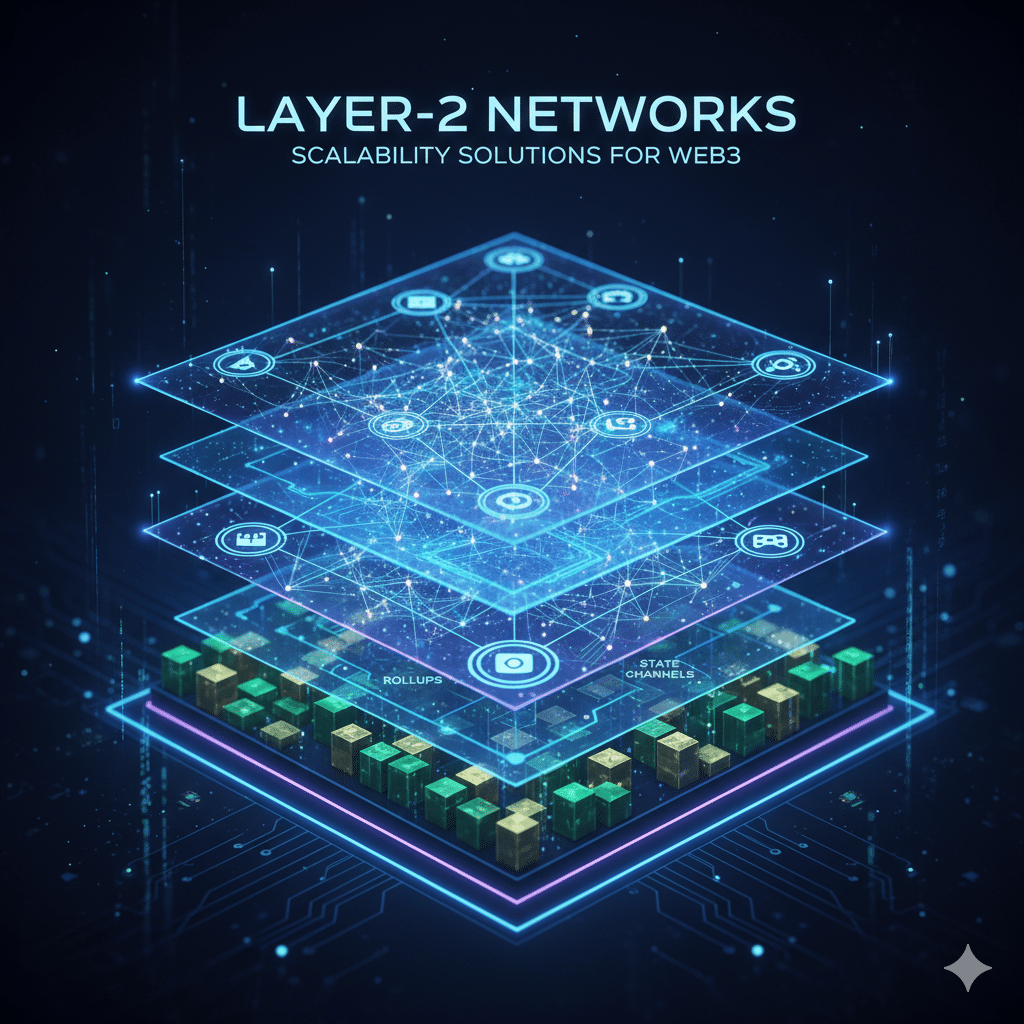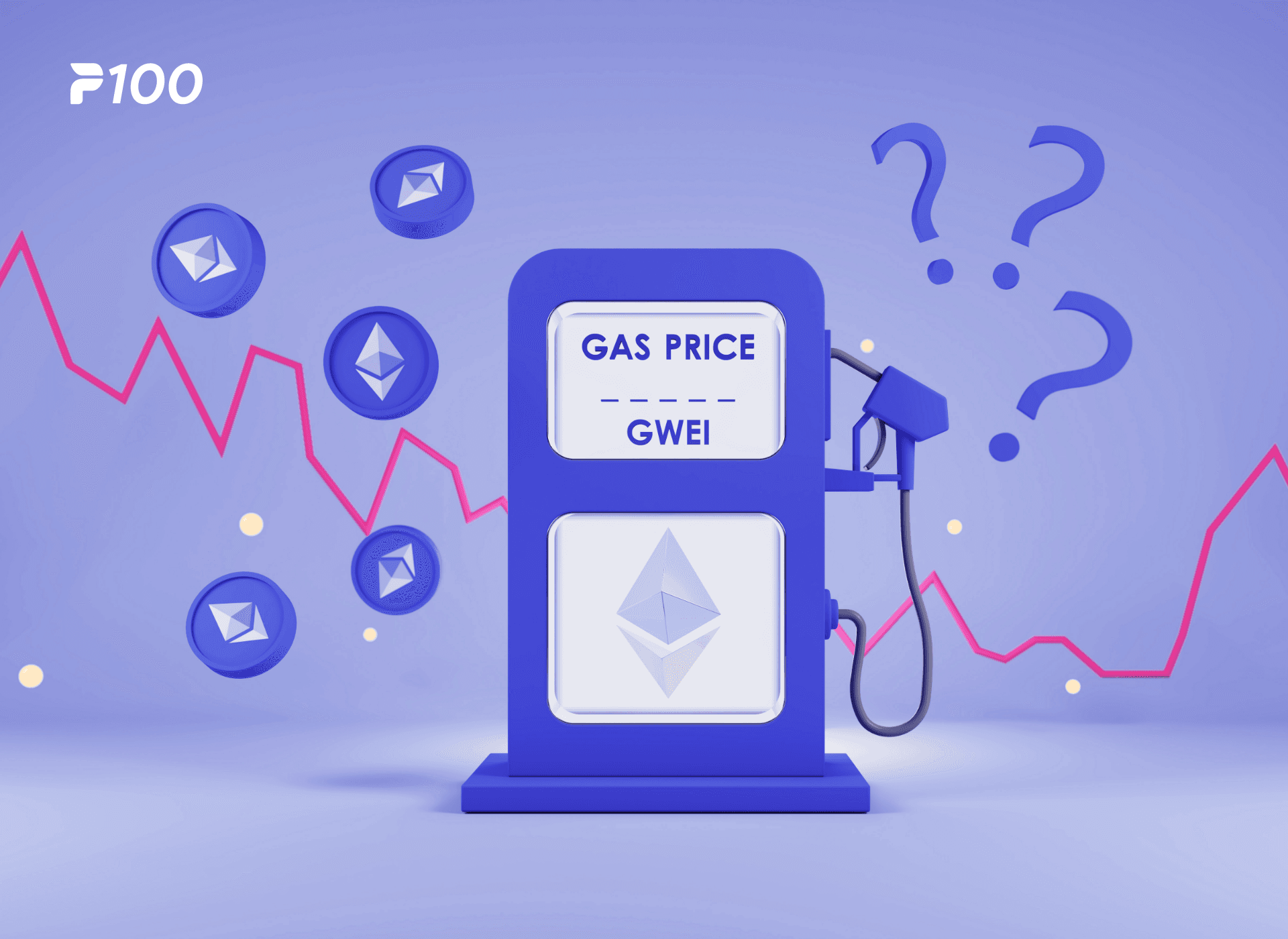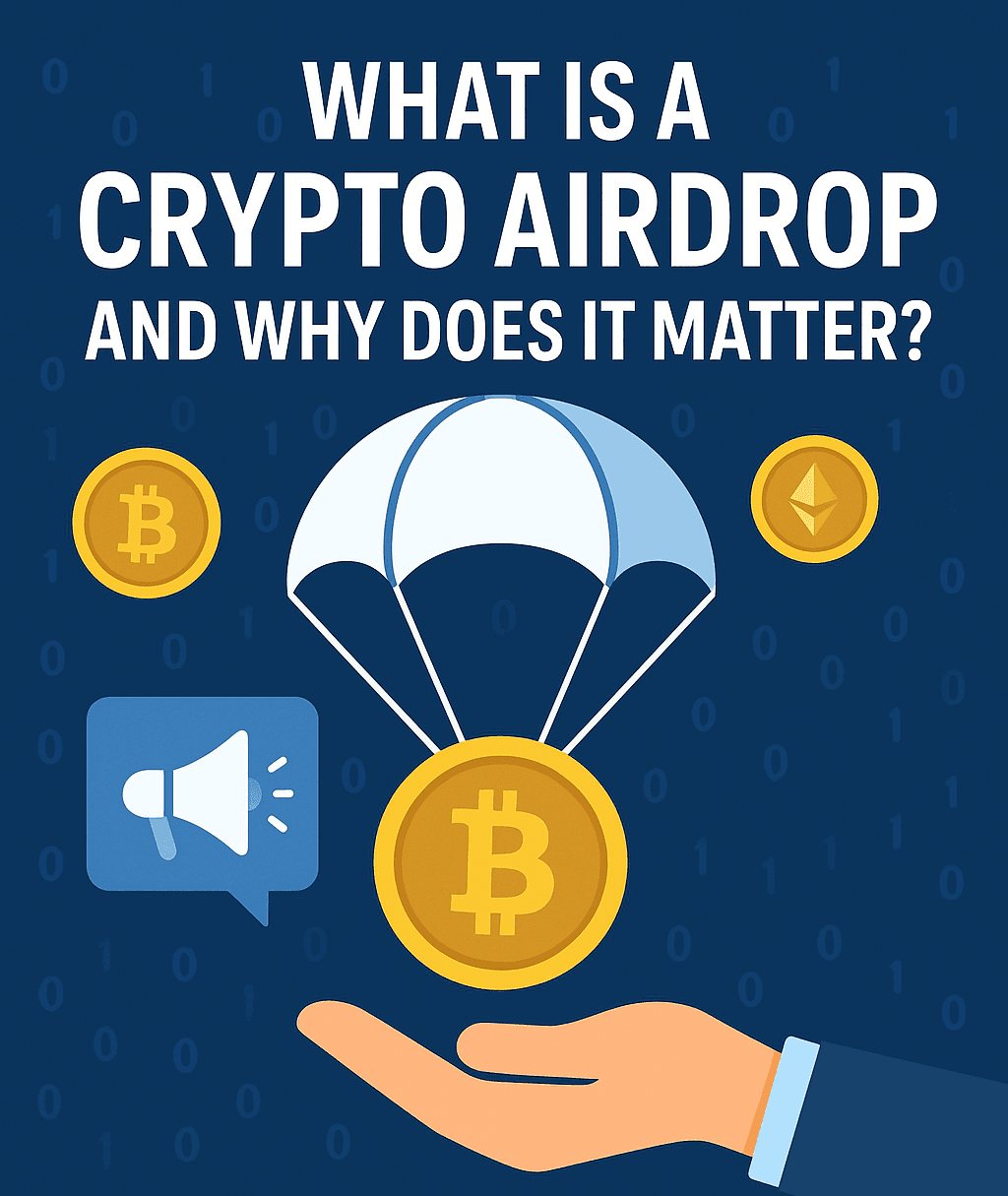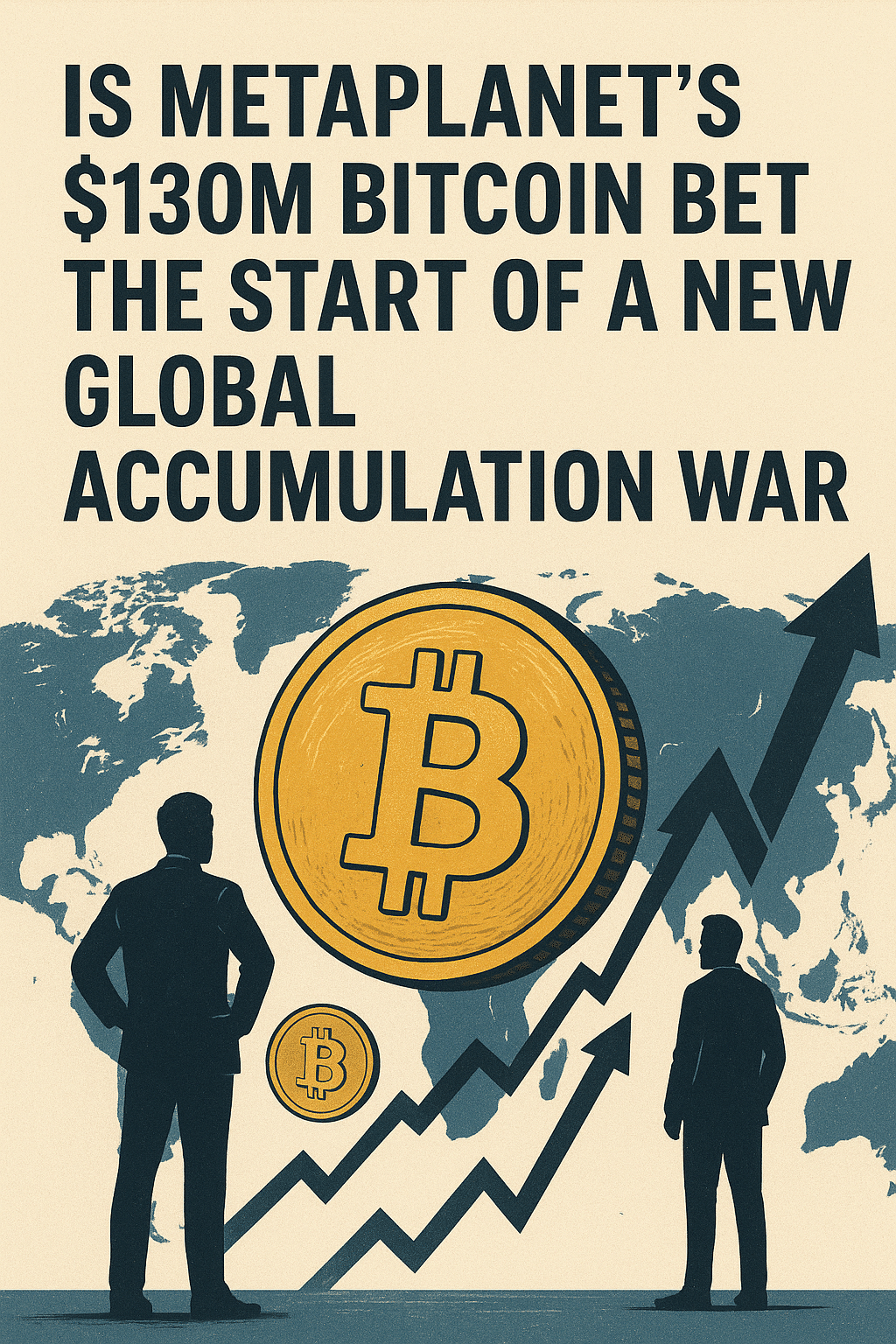Disclaimer: This article is for informational and educational purposes only. It does not constitute financial, investment, or legal advice. The cryptocurrency market is highly volatile, and you should always conduct your own research (DYOR) and consult with a qualified professional before making any investment decisions.
How do you prove you know a secret without revealing the secret itself? Sounds like a riddle, right? But it’s actually one of the most powerful ideas in modern cryptography.
The answer is a Zero Knowledge Proof (ZKP). Let’s use an analogy: Imagine you have a “Where’s Waldo” book and want to prove to a friend you found him.
Instead of just showing them the page (revealing the secret), you take a giant piece of cardboard, cut a tiny Waldo-sized hole in it, and place it perfectly over Waldo. You show your friend only Waldo through that hole.
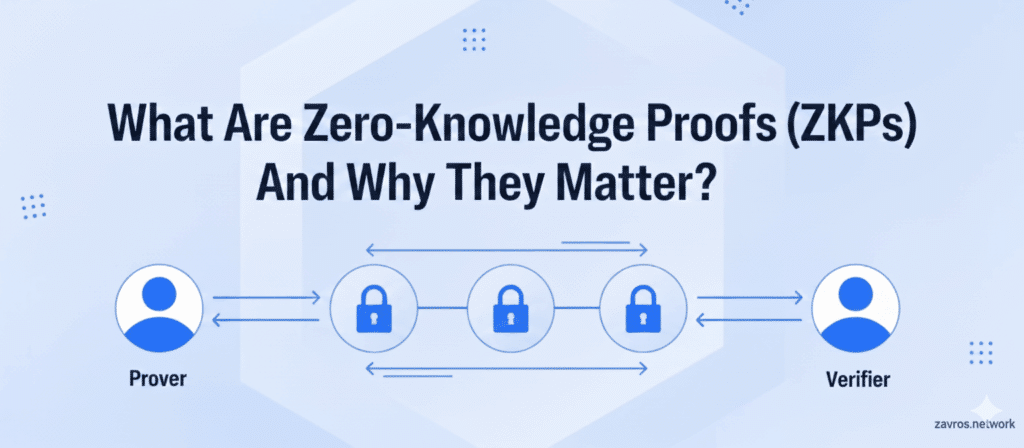
Your friend is 100% convinced you found him (that’s the proof). But they have absolutely zero knowledge of where he is on the page or what the rest of the picture looks like. That’s the magic! And that, in simple terms, is what is a zero knowledge proof.
Why does this matter so much in crypto? Because ZKPs are the key to solving blockchain’s two biggest headaches: privacy and scalability.
How Do Zero-Knowledge Proofs Work in Blockchain?
In a zero knowledge proof blockchain, this clever “Waldo” trick gets applied to transactions and complex data.
Think about it: Blockchains like Bitcoin and Ethereum are super transparent. Every transaction is public. ZK proofs change the game by letting you prove a transaction is valid without revealing who sent it, who received it, or how much was sent. Privacy, unlocked!
But the even bigger deal right now? Scalability. Zero-knowledge tech is the engine powering the Layer-2 revolution (ZK-Rollups). Instead of cramming 1,000 transactions onto the main blockchain (which is slow and expensive), an L2 processes them super fast off-chain.
Then, it “rolls them up” and generates a single, tiny zk proof. This little proof mathematically guarantees all 1,000 of those off-chain transactions followed the rules. The main blockchain just needs to check this one tiny, efficient proof. It’s like submitting a certified summary instead of the whole messy pile of paperwork.
Core Components of a Zero-Knowledge Proof System
This cryptographic magic trick relies on three key players:
- The Prover: The one trying to prove they know the secret (You, showing Waldo).
- The Verifier: The one checking the proof (Your friend, looking through the hole).
- The Witness: The secret information itself (The Waldo book and knowing his location).
For a ZKP system to be trustworthy, it absolutely must have these three properties:
- Completeness: If the Prover is honest and really knows the secret, the Verifier will always be convinced by the proof. (If you found Waldo, your friend will see him).
- Soundness: If the Prover is lying (doesn’t know the secret), they can’t possibly trick the Verifier into believing they do. (If you haven’t found Waldo, you can’t fake it through the hole).
- Zero-Knowledge: The Verifier learns absolutely nothing beyond the fact that the statement is true. (Your friend learns only that you found Waldo, nothing else).
Different Types of Zero-Knowledge Proofs Explained
Not all zero-knowledge proofs are created equal. The main difference you’ll hear about is interactive vs. non-interactive.
- Interactive ZKPs: Imagine a back-and-forth Q&A session. The Verifier asks the Prover a series of challenge questions to become convinced.
- Non-Interactive ZKPs: The Prover just creates a single proof, posts it, and anyone can check it anytime without needing to talk to the Prover.
Why does this matter? Blockchains need non-interactive proofs. A smart contract (acting as the Verifier) can’t exactly have a live chat. This leads us to the two big names in the zkp space: zk-SNARKs and zk-STARKs.
zk-SNARKs vs zk-STARKs: Understanding the Key Differences
Alright, let’s dive into one of the hottest debates in zero knowledge cryptography. Both SNARKs and STARKs are non-interactive, but they make different trade-offs.
zk-SNARKs (Zero-Knowledge Succinct Non-Interactive Argument of Knowledge) are the older, more established tech.
- Succinct: Their superpower is that the proofs are tiny. We’re talking a few hundred bytes. This makes them extremely cheap to verify on a blockchain, saving precious gas fees. 💰
- The Catch: They rely on something called a “trusted setup.” This is a complex, one-time ceremony needed to create some initial parameters. If the participants in this ceremony don’t properly destroy certain secret data (often called “toxic waste”), they could potentially create fake proofs later on. It requires trust in the setup process.
zk-STARKs (Zero-Knowledge Scalable Transparent Argument of Knowledge) are the newer challenger, gaining serious momentum.
- Scalable: Ironically, the proofs are larger than SNARKs (kilobytes instead of bytes), making them a bit more expensive to verify on-chain right now.
- Transparent: This is their killer feature. They require absolutely no trusted setup. They use math based on hash functions and publicly verifiable randomness. Many in the space (including me!) believe this is fundamentally more secure and decentralized. ✨
- Quantum-Resistant: Bonus points! The math behind STARKs is believed to be resistant to attacks from future quantum computers. ⚛️
zk-SNARKs vs. zk-STARKs: The Quick Summary
- zk-SNARKs:
- Proof Size: ✅ Very small (cheap verification)
- Trusted Setup: ❌ Yes (potential risk)
- Quantum Resistant: ❌ No
- zk-STARKs:
- Proof Size: ⚠️ Larger (pricier verification)
- Trusted Setup: ✅ No (Transparent & trustless)
- Quantum Resistant: ✅ Yes
zk-SNARKs: How They Work and Their Benefits
The main draw for zk-SNARKs has always been that “S” for “Succinct.” Tiny proofs mean low verification costs on-chain.
This efficiency is why they were adopted early on. The most famous zero knowledge proof example using SNARKs is the privacy coin Zcash, which allows users to shield transaction details. You can explore how they implement it on Zcash’s official site.
zk-STARKs: The Next Step in Zero-Knowledge Scalability
From what I’ve seen in the market, zk-STARKs represent the future, especially for blockchain scalability. That “T” for “Transparent” is a game-changer.
By eliminating the trusted setup, STARKs remove a significant point of centralization and trust assumption. This makes them incredibly appealing for building decentralized zkp blockchain rollups, like Starknet, aiming for maximum trustlessness. Transparency is a huge win.
Real-World Applications and Use Cases of Zero-Knowledge Proofs
So, what are zero knowledge proofs actually doing today? The applications are exploding:
- Blockchain Scalability (ZK-Rollups): This is the #1 use case right now. L2 networks like Polygon zkEVM, zkSync, Starknet, and Scroll use ZKPs to bundle thousands of transactions cheaply.
- Privacy Coins: Zcash (using SNARKs) and others offer shielded transactions.
- Private DeFi: Imagine proving you have enough collateral for a loan without showing your entire account balance. ZKPs make this possible.
- Digital Identity (DID): Proving you’re over 18 online without revealing your exact birthdate or name.
Enhancing Privacy and Data Security Through Zero-Knowledge Proofs
This technology enables something revolutionary: selective disclosure. In the Web3 future, you won’t need to connect your wallet and blast your entire transaction history to a random dApp just to prove you own one specific NFT.
Instead, you’ll simply provide a zk proof that cryptographically confirms, “Yes, I meet the criteria” (e.g., “I own the required token” or “My account balance is above X”). The application verifies the proof without ever seeing your underlying private data. This is a fundamental upgrade for user privacy online.
How Zero-Knowledge Proofs Improve Blockchain Scalability and Interoperability
We’ve hit scalability hard (compressing transactions = cheaper + faster), but what about interoperability, connecting different blockchains?
Zk proofs offer a path to build much safer and more efficient bridges between chains. A zkp can prove the state of Chain A (e.g., “Alice locked 10 ETH in the bridge contract”) to Chain B, without Chain B needing to run a heavy, expensive node constantly monitoring Chain A. This makes cross-chain communication lighter and reduces trust assumptions. Better bridges are crucial for Web3.
Benefits and Limitations of Zero-Knowledge Proof Technology
Zero proof knowledge (a common mix-up, but you get the idea!) isn’t magic. It’s incredibly powerful math with real-world trade-offs.
- Benefits:
- Privacy: Verify facts without revealing secrets.
- Scalability: Compress huge computations into tiny, verifiable proofs.
- Security: Interact online without oversharing sensitive data.
- Limitations:
- Prover Cost: While proofs are fast to check, they can be very computationally intensive (slow and expensive) to create. This is improving rapidly, though!
- Complexity: This is cutting-edge cryptography. Finding developers who truly understand how to build secure ZK applications is tough.
- New Tech Risk: As with any new tech, there’s always the risk of undiscovered bugs or vulnerabilities in the underlying cryptographic libraries.
The Future of Zero-Knowledge Proofs in Decentralized Systems
The future is looking very “ZK.” We’re just at the beginning of what I believe is a major cryptographic paradigm shift.
We’re seeing ZK-EVMs mature—Layer 2s aiming for full compatibility with Ethereum, making it easier for existing dApps to migrate. For a deeper dive into how rollups fit into Ethereum’s roadmap, check out Ethereum’s official page on ZK-rollups.
This zero knowledge crypto wave will touch everything. To participate effectively, users will still need the basics: acquiring assets (perhaps via non-custodial platforms like the Zavros Network), understanding what is staking in crypto (which secures the L1s these ZK-Rollups rely on), and knowing which token standards explained (like ERC-20) are used within these L2 ecosystems.
Conclusion: The Growing Role of Zero-Knowledge Proofs in Web3 Security
If there’s one thing to take away about Zero Knowledge Proof technology, it’s this: it’s not just another crypto buzzword. It’s a fundamental building block for the future internet.
ZKPs tackle the two core challenges that have bottlenecked blockchain adoption for years: privacy and scalability. From my perspective, this technology is the essential foundation for the next generation of Web3, enabling a more private, efficient, and secure decentralized world for all of us. We’re truly just scratching the surface of what zk proofs can do.

